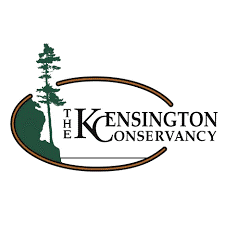
Background
The Great Lakes Local Action Fund supports local projects that protect and restore the Great Lakes. This funding allows local organizations and groups to take environmental actions in their communities – building a better future with clean, green growth.
The Great Lakes Local Action Fund project will serve to enhance educational and recreational opportunities whilst improving accessibility at the Women’s Institute Park on the shore of the North Channel.
The objectives of the Project are to:
– Engage community members in protecting and improving lakes and rivers by facilitating opportunities for education of the environmental importance of the Great Lakes:
– Improving accessibility at the Women’s Institute Park;
– Plant native species and remove invasive species;
– Host and advertise volunteer environmental stewardship events;
Common Questions
Can we drink the water?
Yes. The Great Lakes remain a source of high-quality drinking water when treated.
Can we swim at the beaches?
Yes. However, some beaches are occasionally unsafe for swimming due to bacterial contamination.
Can we eat the fish?
Generally, yes. Great Lakes fish can be safely eaten by following consumption guidelines and advisories. However, unrestricted fish consumption is not yet possible, which has a greater impact on communities that heavily rely on fish for food, cultural, economic or spiritual purposes.
Have levels of toxic chemicals declined in the environment?
Generally, yes. Many chemicals, such as PCBs and mercury, have declined significantly in the Great Lakes but concentrations of some toxic chemicals still pose threats to human health and the environment.
Are the lakes supporting healthy wetlands and other habitats for native species?
Yes and no. Healthy coastal wetlands exist in each Great Lake basin. However, Great Lakes coastal wetlands vary in quality with more degraded wetlands in southern locations.
Are nutrients in the lakes at acceptable levels?
Generally no. High nutrient levels in parts of Lake Erie, and some embayments in other parts of the Great Lakes, are contributing to increases in toxic cyanobacteria. In many offshore regions, nutrient levels are below objectives and may be impairing the food web through lower productivity.
Are land use changes or other stressors impacting the lakes?
Yes. Population growth, development, land-use activities and climate-related shifts are stressing the Great Lakes.
Overall, the Great Lakes are assessed as Fair and Unchanging.
While progress to restore and protect the Great Lakes has occurred, including the reduction of toxic chemicals, the indicator assessments demonstrate that there are still significant challenges, including the impacts of nutrients and invasive species. The continued actions of many groups and individuals are contributing to the improvements in the Great Lakes.
How you can Help?
You can help improve Lake Huron!
• Become involved with a shoreline clean-up event
• Do not use or always properly dispose of single use plastic products
• Plant native trees and shrubs on your property
• Stay on constructed beach and dune paths and avoid trampling the sparse and fragile vegetation in these areas
• Pick up pet waste
• Avoid use of lawn fertilizers and pesticides
• Use pharmaceutical take-back programs to properly dispose of unused or expired medication
• Conduct regular maintenance and inspection of septic systems
• Install rain barrels to collect rainwater that can later be used to water outdoor plants and gardens • Learn to recognize invasive species and report sightings to authorities.
Habitat & Species Loss
The Tarbutt Township community is especially fortunate to have a vast amount of resources that wildlife heavily depend on. There are more than 600 species at risk in Canada, with approximately 19 of those species belonging to our district.
One of the main causes of wildlife loss is derived human contact. Every single species of flora (plants) and fauna (animals) play a critical role in each ecosystem and food web.
Invasive Species
Invasive aquatic plants pose serious threats to all waterbodies, from small streams to the Great Lakes.
They damage the ecosystem, cost money, and reduce water quality for recreational use. Aquatic plant invaders form dense mats of vegetation that block sunlight and prevent native plants from growing. This can negatively impact native wildlife populations that feed on these native plants.
When invading aquatic plants begin to die, plants consume oxygen in the water and create an inhospitable environment for native aquatic species. These mats also pose a serious problem for boaters, anglers, and other recreational water users. Boat propellers can get stuck in plant stalks and the thick plant growth makes it impossible to swim in invaded areas. Because they are in located in water, aquatic plants are challenging to remove. Chemicals can spread quickly, so herbicides are difficult to use in invasive aquatic situations.
To prevent the spread and establishment of invasive aquatic plants, all recreational equipment must be properly cleaned, drained, and dried. Furthermore, boats should never be driven through invasive plants to avoid spreading them through fragmentation.
Fragmentation is a plants way of reproducing asexually, when the plant is cut up or disturbed and breaks, new individuals can develop from those fragments. To limit further spread, avoid boating through areas with known aquatic invasive plants.
Plant Native Species




